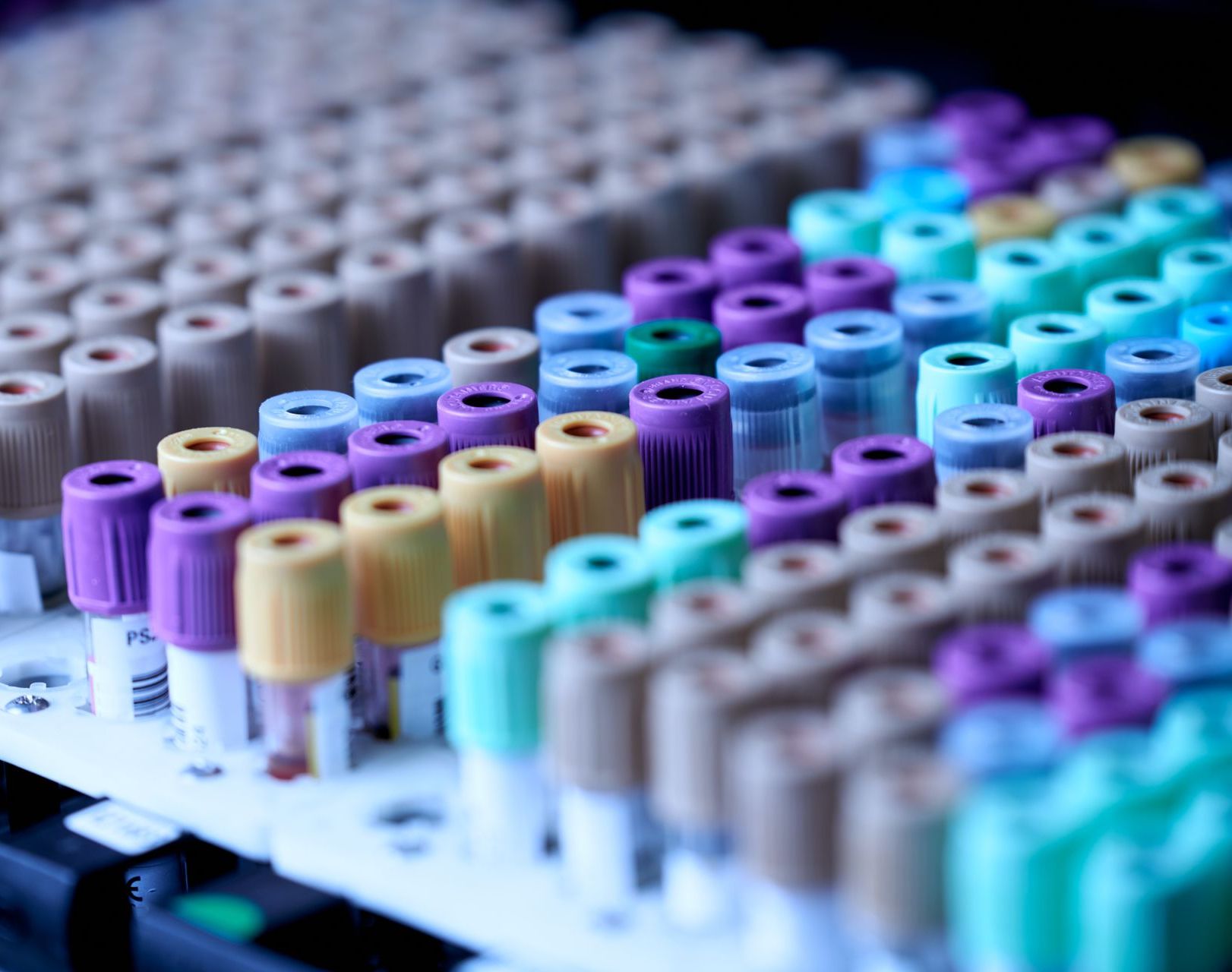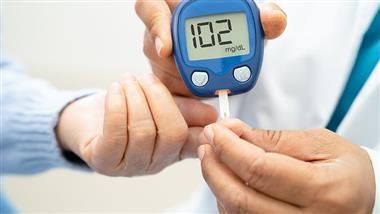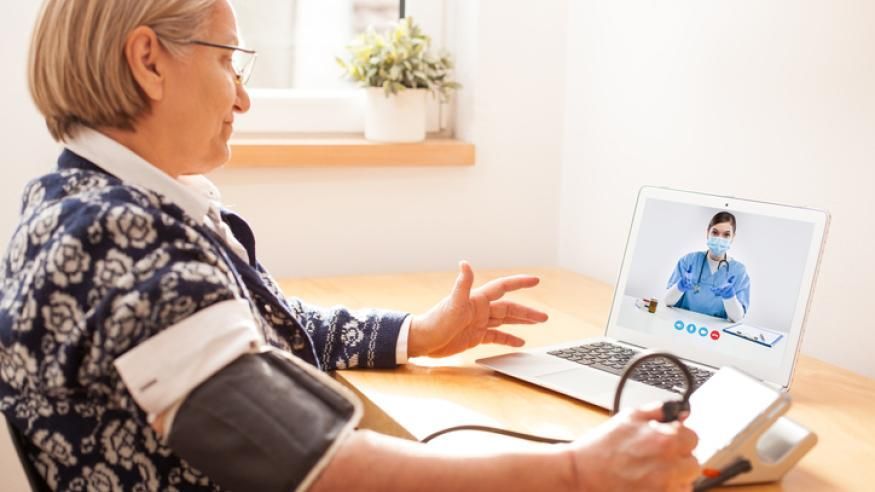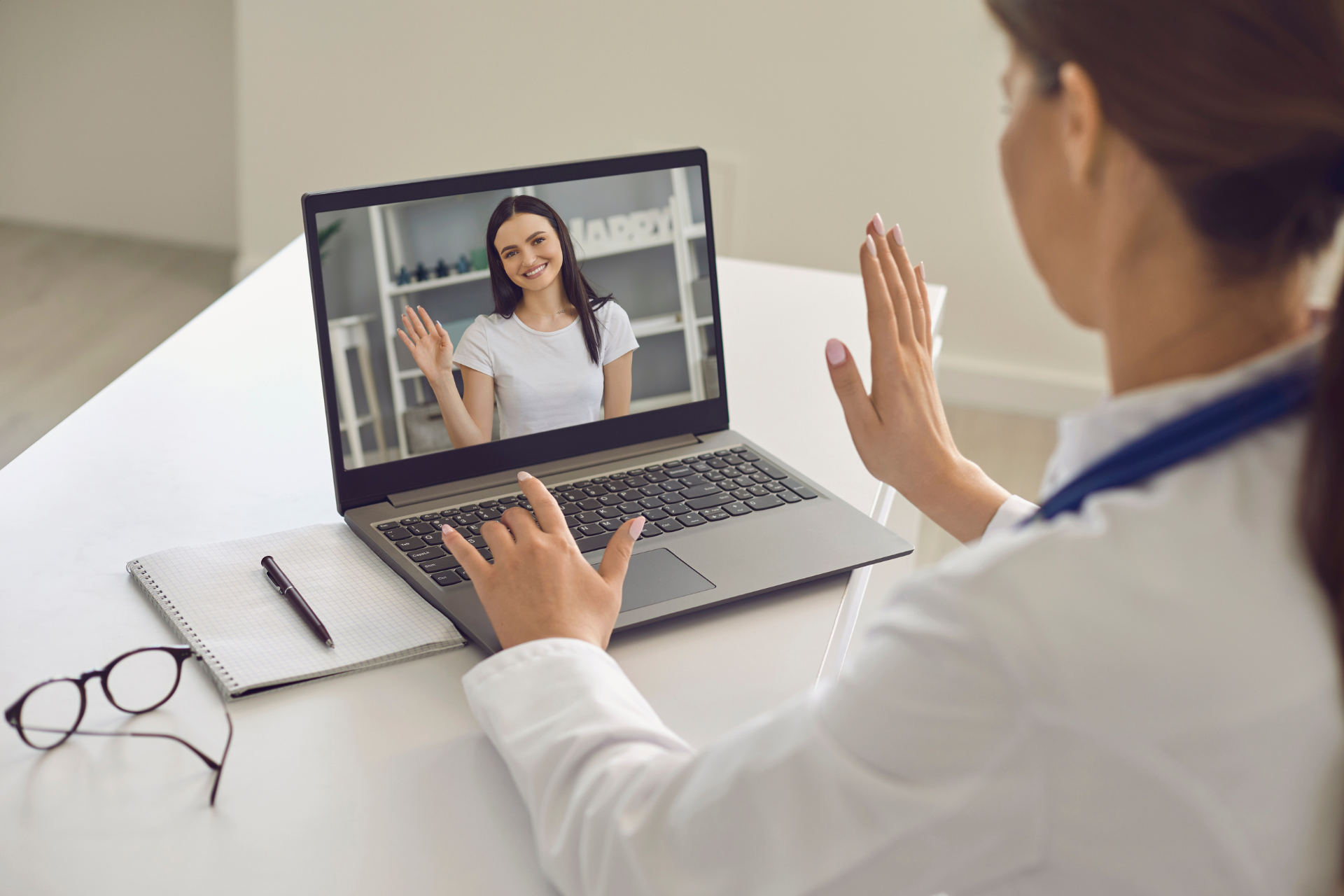9 Signs You Are at Greater Risk for Diabetes
You Can Help Mitigate Your Risk
Diabetes is an illness that affects about 8.2% of the American population of all ages and can lead to serious health complications. Though the biological mechanisms through which diabetes develops are not fully understood, healthcare professionals and researchers have identified several different factors that may indicate higher risk for developing the condition.
To help you stay informed about your risk factors and to help you identify lifestyle changes that can prevent or delay the disease, let’s take a look at nine major risk factors.

1. Family History
Though it is not fully understood by modern science, there is strong evidence that genetics play a significant role in an individual’s risk of developing both type-1 and type-2 diabetes. If you have family members, especially members of your immediate family, who have diabetes, you should be regularly screened by your doctor.
2. Smoking
The best time to quit smoking was before you started; the second best time is today. In addition to other medical conditions and diseases, smokers have a 30-40% greater likelihood of developing diabetes, so if you smoke cigarettes, you should consult your doctor about smoking cessation programs as soon as possible.
3. Sedentary Lifestyle
Another huge risk factor for diabetes is a lack of exercise.
The CDC recommends at least 150 minutes of moderate to intense exercise each week. Start by finding a form of exercise that you enjoy, whether it’s hiking, cycling, team sports, or time at the gym. Even taking a daily walk for 30 minutes is an excellent starting point.

4. Race
African Americans, Latin Americans, Native Americans, and Pacific Islanders are all at an elevated risk of developing diabetes. Members of these communities are encouraged to practice extra vigilance in lifestyle changes and to incorporate diabetes testing into their regular checkups at the doctor.
5. Diet
Diets that are heavy in sugar, processed foods, saturated and trans fats, and red meat are associated with a higher risk for developing diabetes. Incorporate more whole grains, fruits, vegetables, and unsweetened drinks into your diet to reduce your risk.
6. Gestational Diabetes
2-10% of all pregnant people will develop gestational diabetes. The exact causes of this condition are not fully understood, but certain members of the population will be unable to produce enough insulin during pregnancy. Though gestational diabetes usually ends with pregnancy, people who have had this condition are at an elevated risk of developing type-2 diabetes later in life.

7. Age
As we age, we are more prone to developing diabetes. People over the age of 35 should start getting tested for the disease, especially if they are considered overweight. Those over the age of 65 are especially vulnerable, so along with lifestyle changes, it is important to get tested annually for insulin resistance.
8. Overweight or Obese
Though by no means a perfect metric, one’s body mass index (BMI) is a strong predictor for developing diabetes. Individuals with a BMI of 25-29.9 are considered overweight, BMI 30-39 are described as being obese, and BMI of 40 and above is morbidly obese. Being overweight is often the result of a confluence of several different factors, but no matter the cause, being aware of this increased risk is vital.

9. Alcohol Use
Heavy drinking is especially hard on the pancreas, where insulin is produced. In addition to causing liver damage, drinking excessively also adds quite a bit of sugar into your diet, which as previously mentioned, is a contributing factor to developing type-2 diabetes. Women are advised to have no more than one drink per day and men up to two. If you or someone you know is experiencing alcohol dependency (alcoholism), seeking treatment as soon as possible is strongly encouraged.
Though there are other factors which have been linked to developing diabetes, we encourage you to take inventory of your risk factors and make necessary lifestyle changes under the supervision of your physician. If you are seeking supplies for the treatment and management of diabetes, please do not hesitate to reach out to us directly.





Healthy Bites
















